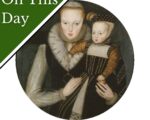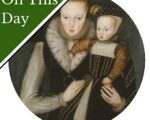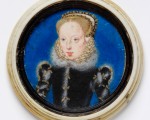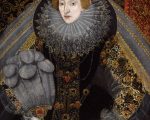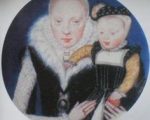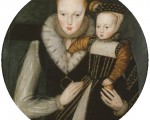
On this day in Tudor history, 21st February 1568, Lady Katherine Grey, Countess of Hertford, was laid to rest at Yoxford. But her story doesn’t end there. Years later, her grandson reinterred her remains in the Seymour family tomb at Salisbury Cathedral.
Katherine Grey’s life may have been short—she was only around twenty-seven when she died—but it was filled with political intrigue, imprisonment, and heartbreak. She was a granddaughter of Mary Tudor, Queen of France, and Charles Brandon, Duke of Suffolk, making her a first cousin once removed to Queen Elizabeth I. More significantly, she was the younger sister of Lady Jane Grey, the so-called ‘Nine Days’ Queen.’ And like Jane, Katherine’s royal blood made her both a pawn and a threat in Tudor politics.
[Read More...]

